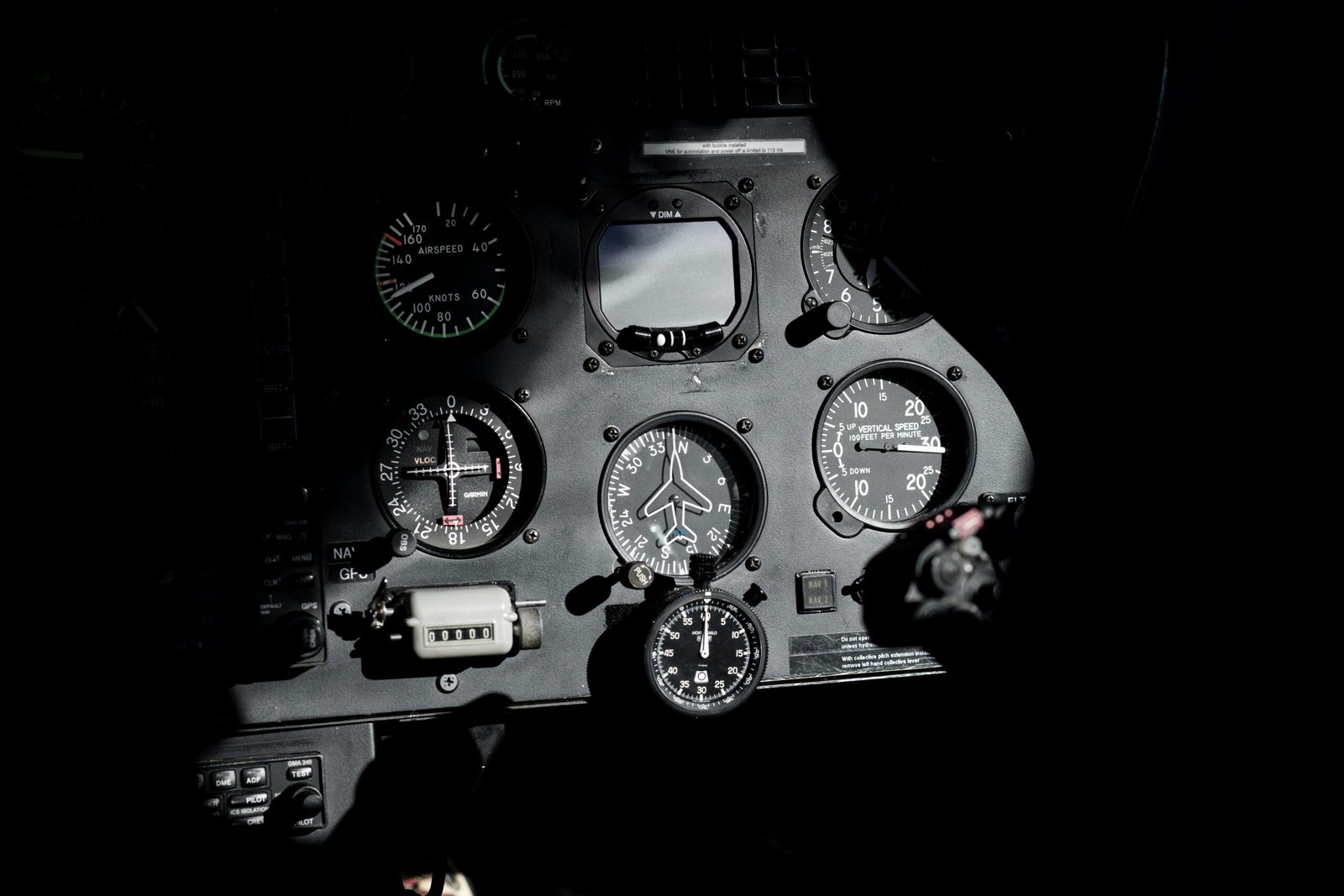The Mechanics of Flights Flying
When you board an airplane, the intricate process of flights flying begins. From takeoff to landing, numerous factors come into play to ensure a safe and efficient journey. Understanding these mechanics can provide a new appreciation for the complexity involved in air travel.
How Weather Affects Flights
Weather conditions are a significant factor in flights flying. Pilots and air traffic controllers constantly monitor weather patterns to avoid turbulence, storms, and other adverse conditions. Modern aircraft are equipped with advanced technology to navigate through or around challenging weather, ensuring passenger safety and comfort.
The Role of Air Traffic Control
Air traffic control (ATC) plays a crucial role in the process of flights flying. ATC manages the flow of aircraft on the ground and in the air, coordinating takeoffs, landings, and flight paths to prevent collisions and ensure efficient airspace use. This coordination is vital, especially in busy airspace with numerous flights simultaneously in transit.
Technological Advances in Aviation
The field of aviation has seen significant technological advancements that enhance the process of flights flying. Innovations such as improved navigation systems, real-time communication tools, and sophisticated autopilot functions have made flying safer and more reliable. These technologies not only benefit passengers but also aid pilots in managing long-haul flights with greater precision.
In conclusion, the dynamics of flights flying encompass a range of factors, from weather conditions to technological innovations. Understanding these elements can provide a deeper insight into the complexity and safety measures that define modern air travel.
